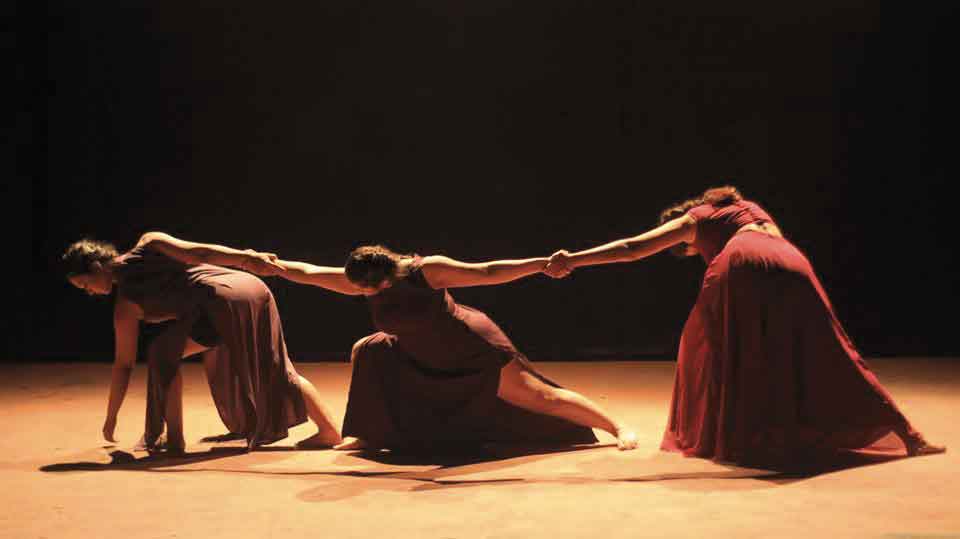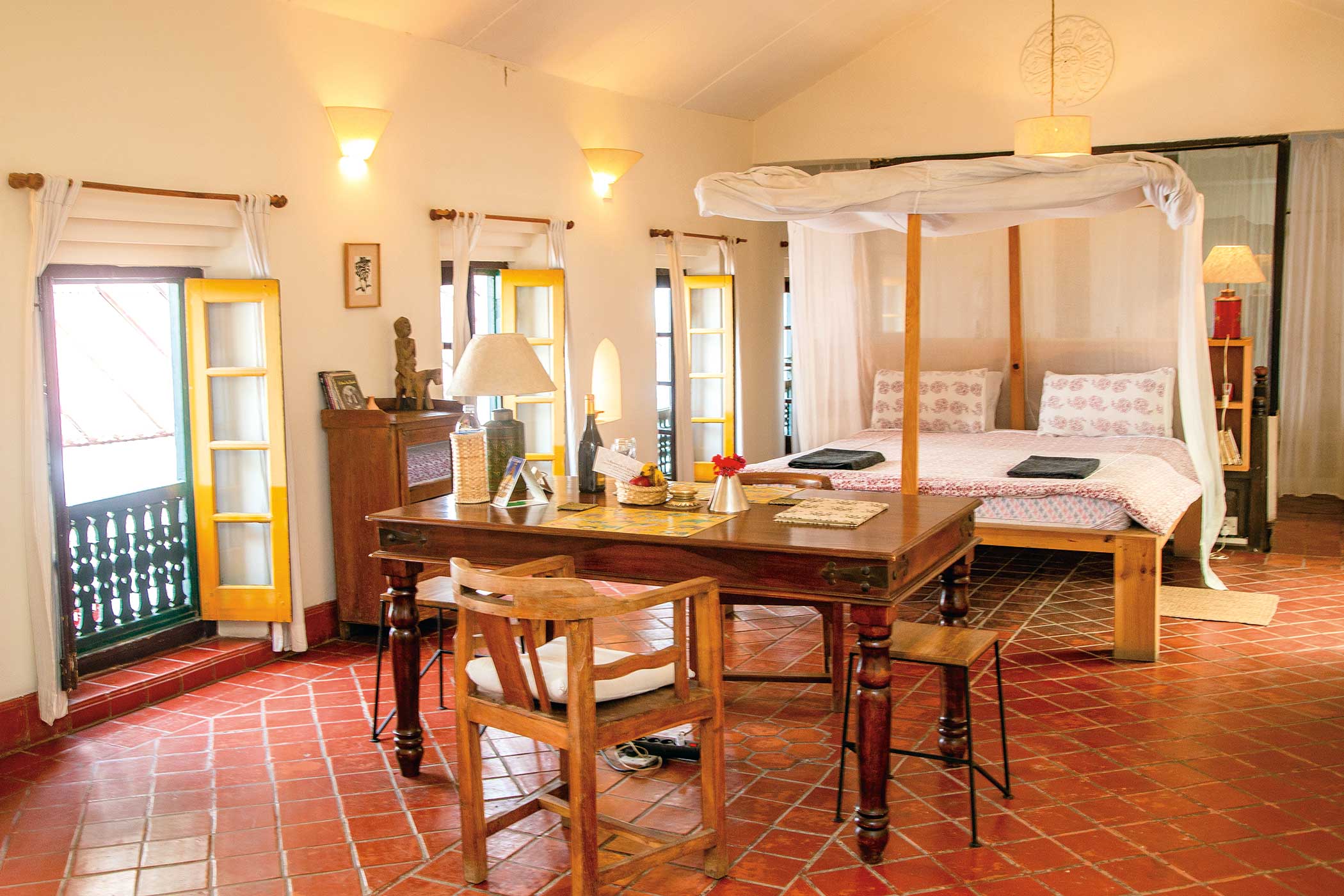Architecturally, one of the biggest Bahal of Kathmandu, Itumbahal is a fascinating confusion of open courtyards and narrow alleys.
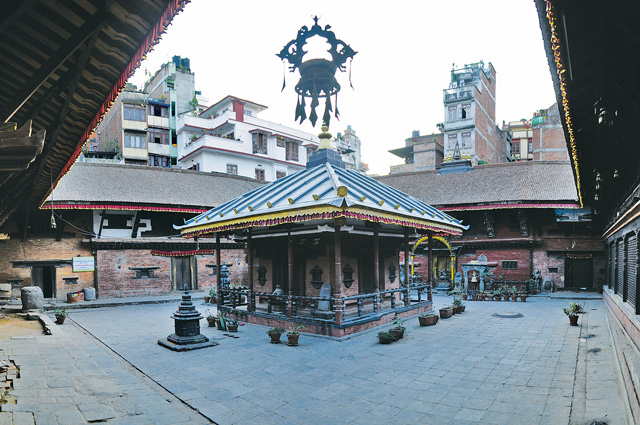 R?jamat? gana du?
R?jamat? gana du?
Itumb?h?lay chhamha du
Hay? biu R?jamat?-ch?.
(Where is R?jamat?? There is one at Itumbah?. Bring me R?jamat?.)
A popular Newar folk-ballad, also made into a popular 1995 cult film of the same name in Nepal Bhasa (or Newari), it describes the tragedy of a love-struck man’s desire for Rajamati, a mistreated widow who once had many suitors.
The same Rajamati belonged to Taha Nani, literally an alley west of Itumbahal—perhaps the largest Buddhist courtyard in the Kathmandu valley; rich with so many heritages, both tangible and intangible. The Sanskrit name for Itumbahal is Shree Bhaskar Deva Sanskarit Keshchandra Krit Parawarta Mahavihar, meaning the great monastery by the name of Parawarta, constructed by Keshchandra during King Bhaskar Dev’s reign. There is, in fact, no written evidence regarding its establishment, nor of Keshchandra, but an old scroll painting (bilanpau) kept for public display on special occasions records the legends following the establishment of the great monastery. Many trace the history of this bahal back to mid-11th century A.D.
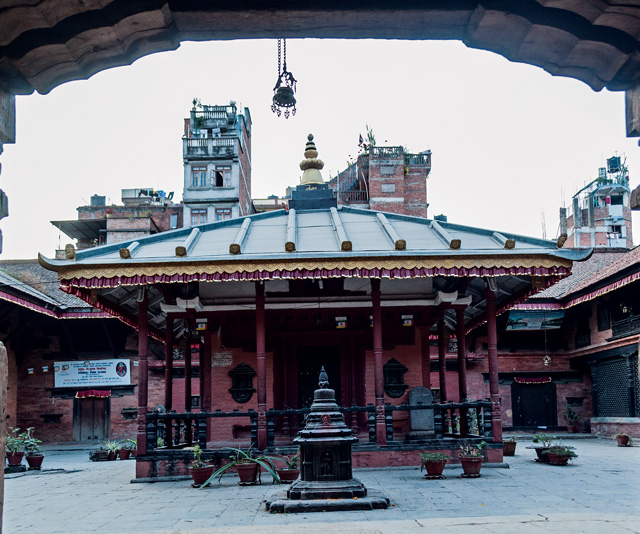 Kathmandu hosts 18 such mahavihars (or great monasteries) at different parts of the ancient city, and among them, Itumbahal is the largest, one of the best-preserved, and perhaps one of the oldest too. These are believed to be built after Lord Shakyamuni Buddha visited the valley to pay a visit to the Swoyambhu mahachaitya (the great stupa). As with so many other heritages in the ancient parts of the Kathmandu valley, the monastery architecture of the Newars, too, deserves special mention.
Kathmandu hosts 18 such mahavihars (or great monasteries) at different parts of the ancient city, and among them, Itumbahal is the largest, one of the best-preserved, and perhaps one of the oldest too. These are believed to be built after Lord Shakyamuni Buddha visited the valley to pay a visit to the Swoyambhu mahachaitya (the great stupa). As with so many other heritages in the ancient parts of the Kathmandu valley, the monastery architecture of the Newars, too, deserves special mention.
Architecturally, Itumbahal is a fascinating confusion of open courtyards and narrow alleys, called ‘nani’. A large square-shaped courtyard as big is rare in the valley; it expands from Kilagal in the north to Chokhachhe Galli in the south, covering almost a length of hundred meters. The northern entrance hosts an old pati (a public rest-place) that has seemingly lost much of its wood-art. The southern entrance is below the Digu Dya Chhen (house of Digu Dya, believed to be brought from Sankhu) that suffered damages during the 2015 April-May earthquake.
This courtyard itself is so big that locals divide it as the northern (baha-cho) and southern half (baha-ko). Mostly, big cities are divided into such halves: Kathmandu itself has such divisions of north (thahne) and south (kwane). Perhaps the residents of the bahal saw it a cosmos—a complete universe, both in socio-cultural and religious terms. This courtyard is dotted with many votive chaityas, a stupa, and a sacred fig tree (Ficus religiosa). Local lore also claims of a tall white sandal tree at Itumbahal, where Mahashanta Shweta Tara of Tibet preached Buddhism. The tree was believed to have its root as far as Shreekhanda Tarumul Mahavihar (or Shikhamu Bahal in local language) in the central part of the city.
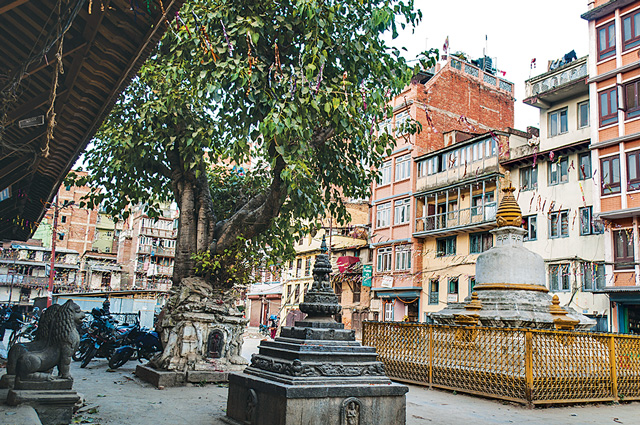
The principal monastery is popularly shortened as Keschandra Mahavihar that houses Kwapa Dya—Akshobhya Buddha, one of the five celestial Buddhas. The square-shaped courtyard has a chaitya enclosed in a temple-structure in the middle. A local lore has it that it was established commemorating the visits by religious-envoys of Emperor Ashoka (268 – 263 B.C.) of the Maurya dynasty of India.
The two-story main shrine besides this temple has five gold-plated pinnacles, and a roof supported by artistically carved struts of the Pancharakshya gods and two Maha Akshobhya Buddha icons. Two pairs of stone and metal icons guard the sanctum sanctorum. Buddha’s disciples Sariputra and Maugadlyani on both sides of the entrance also deserve special mention. Stone and bronze-plate inscriptions are available from no earlier than the medieval period.
Interesting to note within the temple is bhutu-keba beneath the northern wing, where rice and meat is cooked for the legendary Gurumappa, a demi-god who helped Keshchandra carry gold to build Itumbahal. There was once a large icon of Gurumappa at the entrance of the cooking-place, but it was reportedly stolen.
The nanis are almost always an attraction, or often a puzzle, to everyone alike: leading to places never thought of, or at times from other’s houses, and provides short-cut ways to amuse many. Itumbahal has many such confusing alleys—Taha Nani, Sasu Nani, Tara Nani, Baku Nani, Laka Nani, Pasa Nani and Kegu Nani—one leading to another and another to the next. Taha Nani (where Rajamati belonged) is west of the main open courtyard and shares equal length with it. It is connected by three other nanis, viz. Sasu Nani and Tara Nani in the north, and Baku Nani in the south. Taha Nani opens to Kegu Nani, which in turn gives entrance to Pasa Nani.
Unlike many others, the small courtyards connected with these nanis have a central temple, or chaitya, except Taha Nani. The Tara Nani has a temple dedicated to Lord Tara of Tibet. A well in a closed compound here is of special interest, since it gives the bahal its name.
The ancient constructions have been challenged by modern ones. Local guthis have come up valiantly to renovate parts of the main shrine that is revered not only by Itumbahal-residents, but also by those outside the bahal, not only by Buddhists but by many others.





